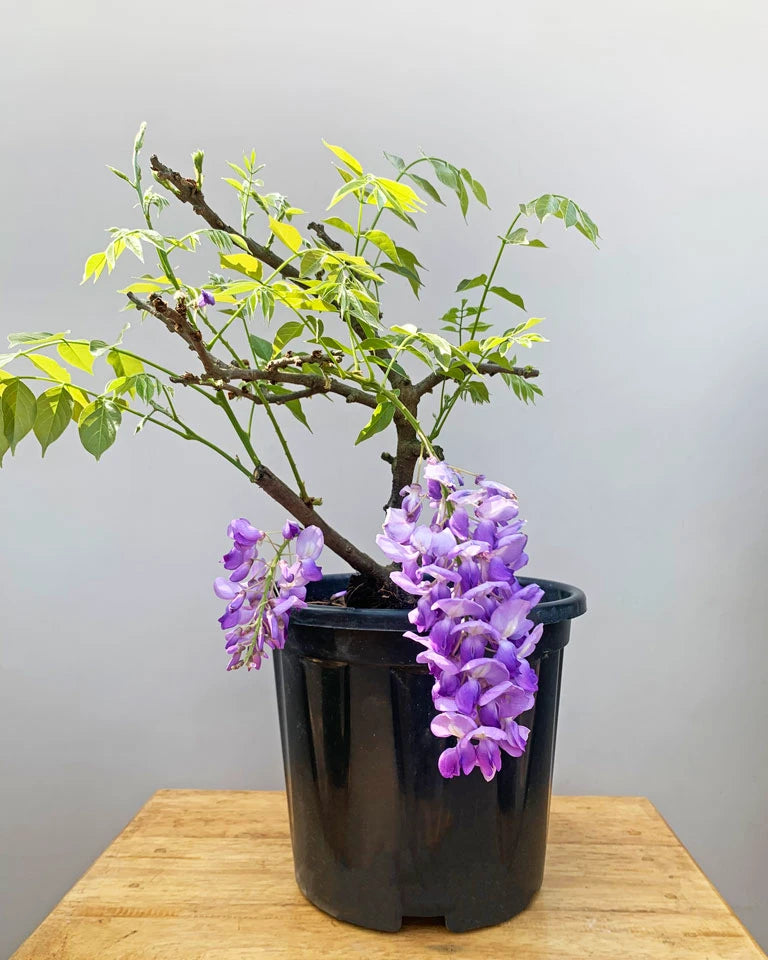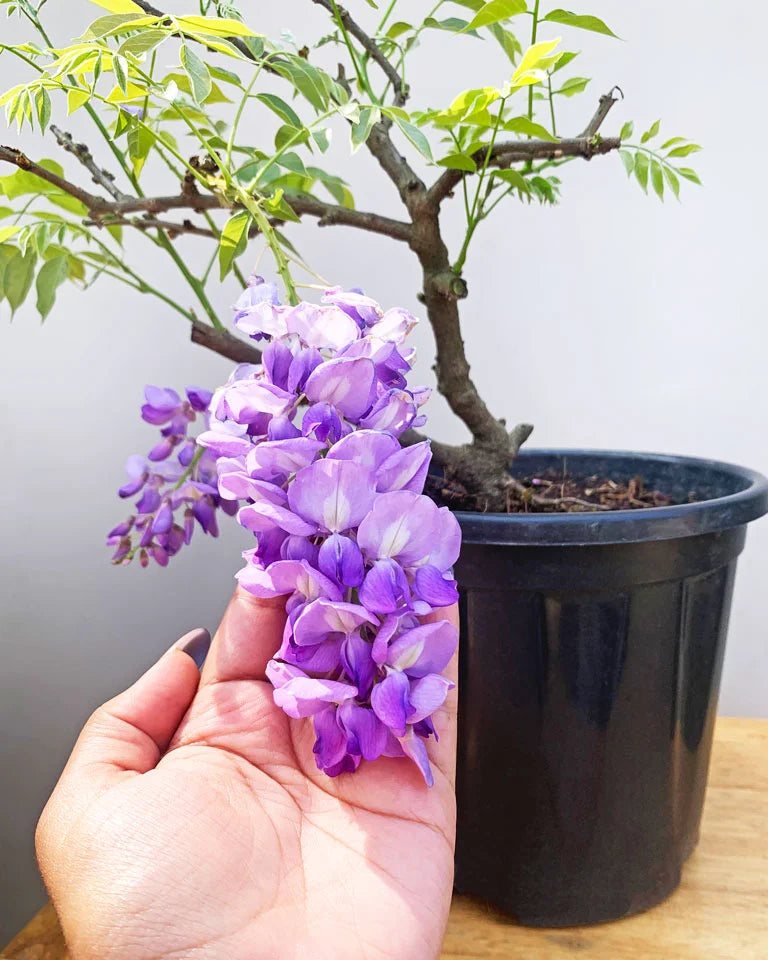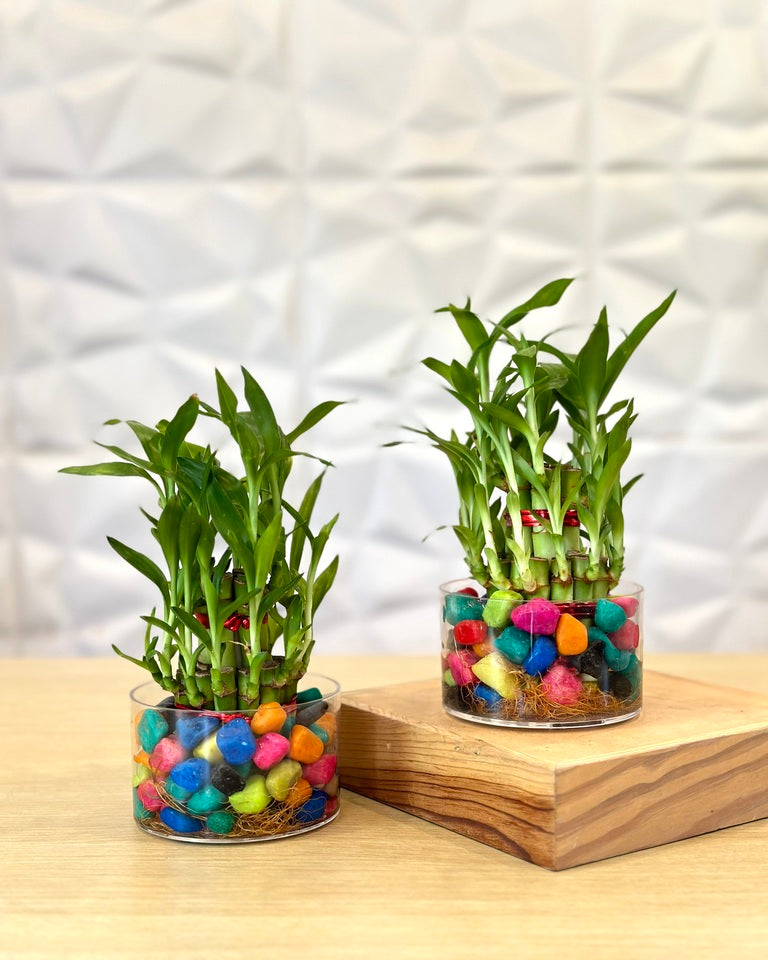
Banana Peels for Plants? Here's Why Your Garden Will Thank You

Bananas aren’t just for smoothies anymore—your plants are craving them too!
While most people toss banana peels into the trash without a second thought, plant parents know better. Using banana peels for plants is one of the easiest and most effective garden hacks out there.
Loaded with nutrients like potassium, phosphorus, and calcium, banana peels act as a natural, organic fertilizer. They help your plants grow stronger, flower better, and even resist disease.
In this blog, you’ll learn how to use banana peels in different ways, which plants benefit the most, and why this simple trick can change your gardening game.

Why Banana Peels Are Plant Gold
Let’s be real—plants love banana peels. But why?
Banana peels are rich in:
-
Potassium (K): Boosts flower and fruit development
-
Phosphorus (P): Encourages strong root systems
-
Calcium: Helps prevent issues like blossom end rot
These nutrients make banana peels a natural powerhouse. When added to soil, they release nutrients slowly, nourishing plants over time.
Using banana peels for plants not only saves money on fertilizer, but also keeps your garden chemical-free and eco-friendly. Total win-win!
How to Use Banana Peels for Plants
There are several creative ways to use banana peels in your garden. You don’t need fancy tools or gardening skills—just a few peels and you’re good to go!
1. Banana Peel Tea
This DIY tea is like a spa day for your plants. ✨
How to make it:
-
Take 2–3 banana peels and soak them in a jar of water for 2–3 days.
-
The water absorbs all the nutrients.
-
Strain and pour the “banana tea” into the soil of your plants.
This method is perfect for indoor plants or a quick nutrient boost during the flowering season. Just don’t overdo it—once every 10–14 days is plenty.
Sprinkle around the base of your plant every couple of weeks for slow-release goodness. This method is especially useful for container plants and balcony gardens.
2. Composting with Banana Peels
If you’re a composting queen (or king), don’t forget to toss in those peels!
-
Cut them into small chunks for faster breakdown.
-
Mix them with your regular compost pile.
-
After a few weeks, your compost will be richer and smell more earthy.
This is the OG method to use banana peels for plants while also reducing kitchen waste.

Which Plants Love Banana Peel Fertilizer?
Not all plants are picky, but some thrive with banana peels. Here’s who’s on team banana:
1. Tomatoes
Tomatoes are heavy feeders. They need potassium and phosphorus for juicy, red fruit. Banana peels help boost growth and fruit size.
2. Roses
Want more blooms and fewer pests? Roses love banana peel for plants because it strengthens the stem and enhance flower production.
3. Peppers
Chili or bell peppers need lots of energy to grow. The nutrients from banana peels help produce healthier, tastier fruits.
4. Snake Plant (Sansevieria)
These low-maintenance houseplants grow even better when they get a little nutrient boost. The slow-release properties of banana peels help them grow stronger.
5. Money Plant (Pothos)
Pothos are known for its lush green leaves. Banana peels help them maintain bright leaves and vigorous growth, especially in indirect light.
6. Cucumbers
Cucumber plants love potassium, and banana peels are full of it. This helps in producing large, juicy cucumbers during summer.
Whether you’re growing veggies or indoor decor plants, using banana peel for plants can take your garden to the next level.

Quick Tips to Remember
Before you go all in, here are a few banana-peel best practices:
-
Always chop or dry banana peels to prevent pests and accelerate decomposition.
-
Don’t bury fresh peels too deep—they need air to decompose.
-
Use banana peel tea every 2 weeks, but no more often.
-
Mix with eggshells or coffee grounds for a complete DIY fertilizer blend.
-
Great for both indoor and outdoor plants.
Final Thoughts: Your Plants Deserve This!
Next time you eat a banana, don’t toss the peel—your garden is waiting for that natural boost.
Using banana peel for plants is a smart, sustainable, and budget-friendly way to grow stronger roots, fuller foliage, and brighter blooms. Whether you go for banana peel tea, powder, or compost, your plants will thank you.
So yeah, snack away… and then let your plants snack too.
FAQs
1. Can I put banana peels directly in soil?
Yes, you can! But it's best to chop them into small pieces before adding them to the soil. This helps them break down faster and prevents pests. Bury them shallowly near the roots, not too deep.
2. How often should I use banana peel fertilizer for plants?
You can use banana peel tea or powder every 10–14 days, depending on your plant’s needs. If you're composting banana peels, you can add them regularly with other compost materials.
3. Which plants benefit most from banana peels?
Plants like tomatoes, roses, peppers, cucumbers, money plants, and snake plants love banana peel fertilizer because of its high potassium and phosphorus content.
4. Are banana peels better than chemical fertilizers?
For most home gardening needs, banana peel for plants is a natural, safe, and eco-friendly alternative to chemical fertilizers. While it may not replace all fertilizers, it’s great for boosting plant health organically.
5. Can I use banana peel fertilizer for indoor plants?
Absolutely! Indoor plants like pothos, snake plants, and peace lilies benefit from the slow-release nutrients found in banana peels. Just make sure to avoid overwatering and pest buildup.











